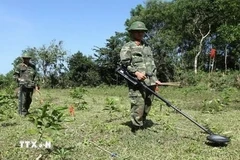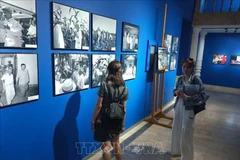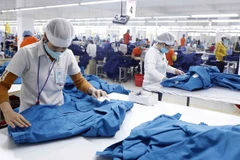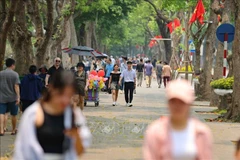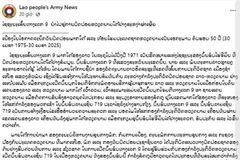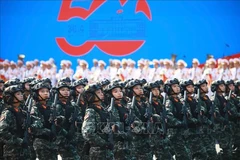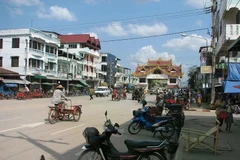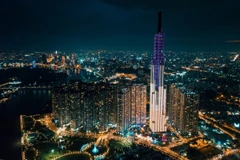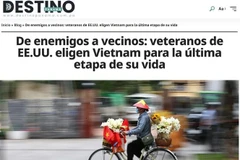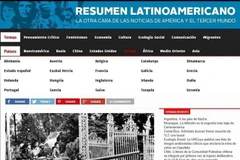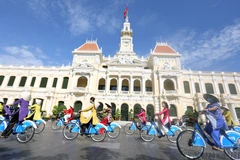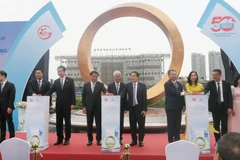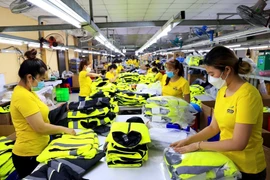According to thelatest report by the Vietnam Railway Corporation, 87 percent of railwayaccidents across the country occurred at illegal crossings opened byresidents.
More than 250 railway accidents this year have left 134 people dead and 187 injured.
The report said that this year, there had been more accidents,fatalities and injuries compared with the same period last year.
Hanoi , Dong Nai, Ha Nam and Nghe An were the worst localities.
Pham Van Binh, head of the Traffic Safety Department under the VietnamRailway Corporation, said that not enough care had been taken to restoreand develop road safety corridors in railway zones.
Hesaid that local authorities were not interested in clearing awaybuilding projects, houses, markets and shops that encroached uponrailway safety zones.
"The negligence has led to prolonged violations," Binh said.
He cited a railway line in Thuong Tin District where locals had removedbarriers separating the railway line from the road to open illegalcrossings.
Nguyen Thi Loi of the Ha Thai RailwayManagement Company said the tracks through Co Nhue Commune in Hanoi's Tu Liem District had been overrun with shops and cafes.
Many residents had even built leans-to very close to the railway tracks, she said.
Nguyen Xuan Tan, deputy director of the Hanoi Transport Department,said the office had asked the Ministry of Transport to form aninspection team to remove illegal crossings.
The Vietnam Railway Corporation said that of the country's 6,000 crossings, around 4,000 were illegal.
According to statistics provided by the corporation, over 481,000building projects that encroached upon railway safety zones needed to becleared away.
Khuat Viet Hung, former chief of theTransport Management and Planning Institute, said that most accidentswere due to a lack of vigilance from road users but also inappropriateinvestment in building infrastructure for railway lines.
"The railway sector is still lonely in the fight against railway accidents," he said.
The corporation is working with local authorities, police and railwayinspectors to prevent local people from opening illegal crossings.
Yet, the existing number of railway inspectors remains too small. On average, one inspector is in charge of 50km of railway.
The problem is compounded by the shortage of modern equipment and tools.
Specialists said it was imperative to restore order with a view to limiting railway accidents.
They blamed local authorities and investors for their loose managementover road traffic projects, leading to serious encroachment into railwaysafety zones.
They also called upon local authorities totake drastic measures and work with the railway sector to minimiserailway accidents./.
